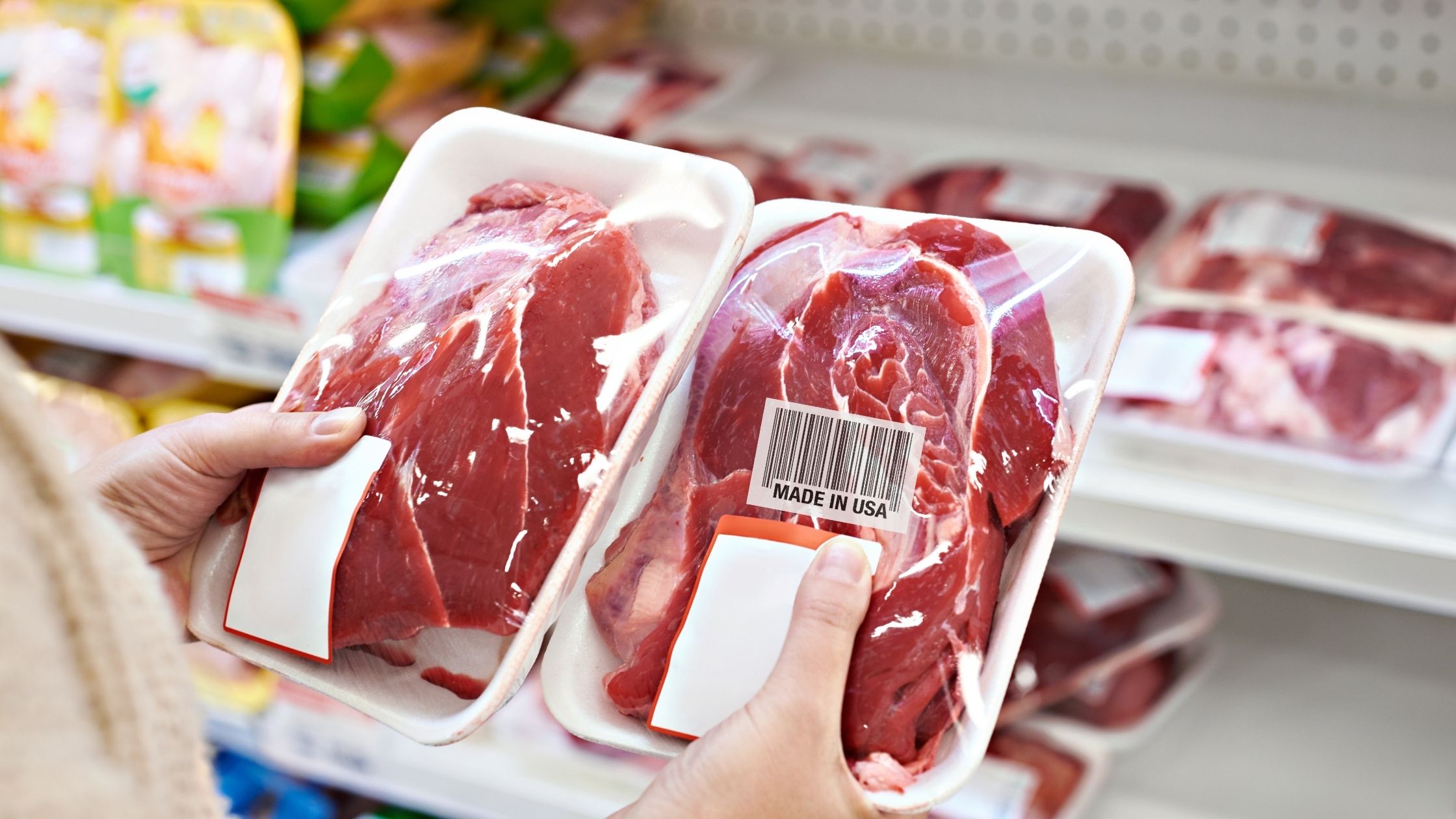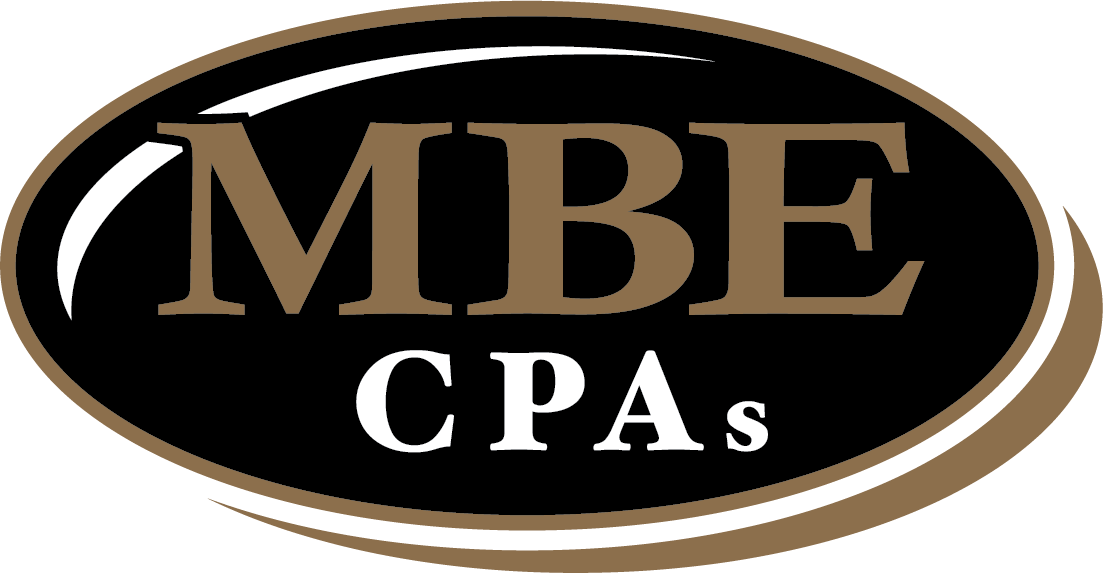New “Made in the USA” Standards to Support Local Farmers

Farmers are braving the frontlines of inflation. You may think grabbing meat labeled “Made in the USA” in the grocery store is your way of helping #supportlocal. However, the cow from which that meat is sourced may have grazed the fields of New Zealand or Brazil.
A US Department of Agriculture survey found that many consumers think that food labeled “Product of USA” came from animals raised, slaughtered, and processed within the country. But in reality, some products can carry the label even if they only have a small percentage of US-made components. The current USDA Food Safety and Inspection Service (FSIS) regulations allow the label’s voluntary use in imported food. The guidelines only require that these foreign-sourced food undergo significant changes upon entering the US – trimming, repackaging, etc.
The Proposed Standards
If misleading labeling practices have ever fooled you, then the White House’s proposed new standards is a welcome development. This change will mean that when products say “Made in the USA,” you can trust that claim to be accurate. As a result, it will also help prevent companies from misleading customers with false advertising.
Here are some key points to consider regarding the proposed standards:
- The new rules may require that products labeled “Made in the USA” be entirely made in the US.
- They may also require all significant product processing to be in the US. This means that products simply packaged or labeled in the US cannot carry the label.
What It Would Mean to American Farmers and Producers
These standards can help ensure American farmers and producers get their rightful place on store shelves while stamping out any attempts by companies to dupe shoppers into thinking they’re buying something made in America when that’s not true.
The proposal is a significant step in helping American farmers and producers by giving them exclusive use of the label. This allows consumers to act on their loyalty to American growers and manufacturers.
Clearly, the White House wants to reinforce its commitment to bolster the economy through consumer-driven growth and responsible consumerism. Honest labeling practices give customers the information they need while helping to ensure fair competition among suppliers – definitely a win-win! It’s a vital step in ensuring fairness and providing economic security for our men and women on the farm!
What It Would Mean to American Farmers and Producers
Despite these benefits, the North American Meat Institute (NAMI) says imposing higher standards could have some drawbacks. Prices may rise, and Mexico and Canada could impose international trade tariffs due to the potential discriminatory effect.
It is worth noting that the proposed standards will essentially revive the Country of Origin Labeling (COOL) statute. This law’s repeal occurred in 2015, following World Trade Organization findings detailing its unfairness towards some processors within the industry.
Key Takeaway: The Proposed Changes to “Made in the USA” Labeling Standards Have Pros and Cons
Ultimately, the White House’s proposal will positively impact consumers when it comes to transparency in product labeling. Moreover, it will level the playing field for local farmers and producers. Nonetheless, further conversation and collaboration between the stakeholders is essential for ironing out any potential issues or roadblocks.
MBE CPAs’ team of business experts and professionals can help you understand these proposed labeling standards better. Talk to them today!
Brand House Marketing wrote this article. Reach out to them for creative and custom-tailored marketing solutions for your company.
